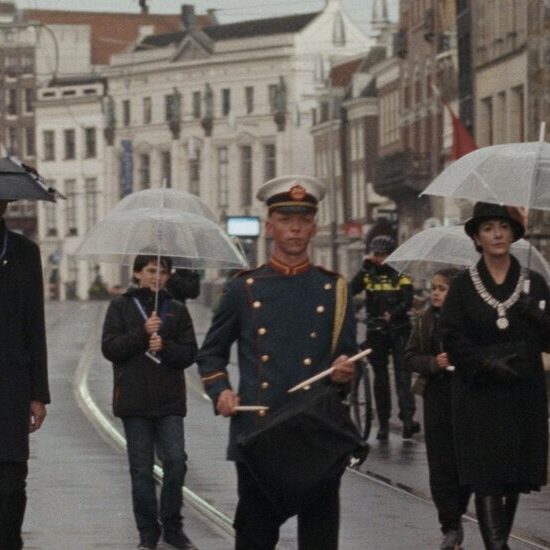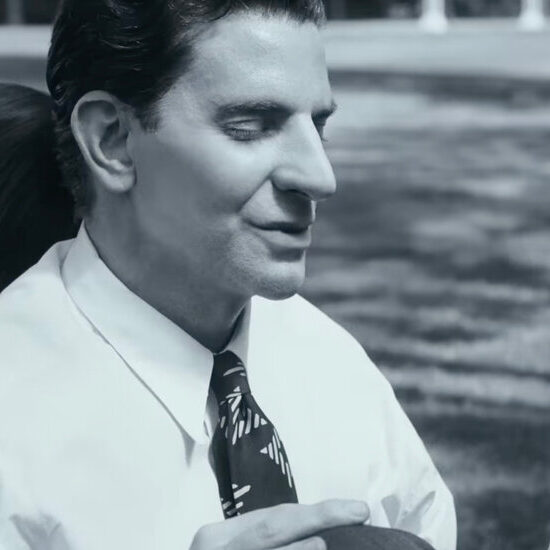
The colors are mesmerizing and ever-so-gently destabilizing. These pigments signal that you’ve entered a new fictional realm that, like the television studio, is at once immediately recognizable and somehow foreign. The interplay between the familiar and the strange, like that between the theatrical and the cinematic, is a foundational theme in Anderson’s films, which, like most movies, look a lot like life yet are always different. What makes that difference is art — the voice, sensibility, technique, craft, money, luck and how the thrilling, terrifying mess of existence is gathered, organized and then set loose upon the world.
Divided into acts, the play’s first section commences with the arrival of the newly widowed Augie Steenbeck, a war photographer played by a method-y actor, Jones Hall. (Jason Schwartzman plays both.) Augie, his brainy teenage son, Woodrow (Jake Ryan), and three interchangeable young daughters are visiting for Asteroid Day, an event that commemorates the day (Sept. 23, 3007 B.C.!) a meteor crashed nearby, leaving a crater now overlooked by an observatory. More visitors appear, including a teacher with a flock of children, some singing cowboys and other parents with teens who, like Woodrow, are contestants in an Asteroid Day competition.
Together with Scarlett Johansson, Schwartzman fills out the film’s expressive center with humor and perfect timing. Johansson also has dual roles as both an actor and a character. She’s Midge Campbell in the play, a sultry Hollywood star who rolls into town with her own whiz-kid and a bodyguard. Midge and Augie meet cute at the diner, but their relationship blooms while they’re in their respective rental cabins. There, framed by windows, they face each other and open up, talking in that somewhat deadpan, patently Anderson-screwball way that puts up a snappy, performative front which slowly gives way to deep feeling.
Anderson regularly switches back and forth between the television story and the drama in the town, gradually putting them into meaningful, dynamic and poignant play with each other. There are crises in both, along with self-doubt, confrontations, assignations and discussions about art and life. He’s crammed a great deal into this film, including cinematic allusions and theatrical lore. The play takes place in September 1955, the month that James Dean died in another parched Southwest wasteland; there’s an audition with Jones and the playwright that evokes Brando’s famous one for Tennessee Williams’s “A Streetcar Named Desire.”













